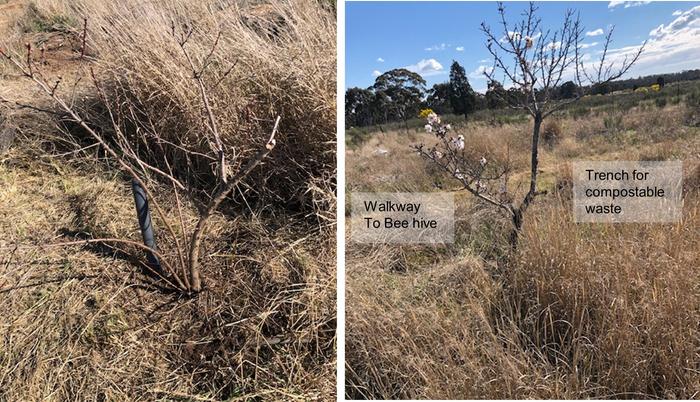

 3
3





Failure is a stepping stone to success. Failing is not quitting - Stopping trying is 
Never retire every one thinks you have more time to help them - We have never been so busy 
 2
2




















Failure is a stepping stone to success. Failing is not quitting - Stopping trying is 
Never retire every one thinks you have more time to help them - We have never been so busy 
 3
3






 2
2




Invasive plants are Earth's way of insisting we notice her medicines. Stephen Herrod Buhner
Everyone learns what works by learning what doesn't work. Stephen Herrod Buhner












 1
1




Anne Miller wrote:To me, there are a lot of factors to be considered.
The biggest one might be fire. Even though the last fire was 20 years ago, there is no way to know when it might happen in a fire-prone area.
How far is this area from your house and are there fire breaks between this area and your house?
For the health and well-being of the fruit trees, some of the earlier suggestions would be wise.
How often are the beehives and fruit trees accessed?
Failure is a stepping stone to success. Failing is not quitting - Stopping trying is 
Never retire every one thinks you have more time to help them - We have never been so busy 

|
I'm a lumberjack and I'm okay, I sleep all night and work all day. Tiny lumberjack ad:
World Domination Gardening 3-DVD set. Gardening with an excavator. richsoil.com/wdg |




